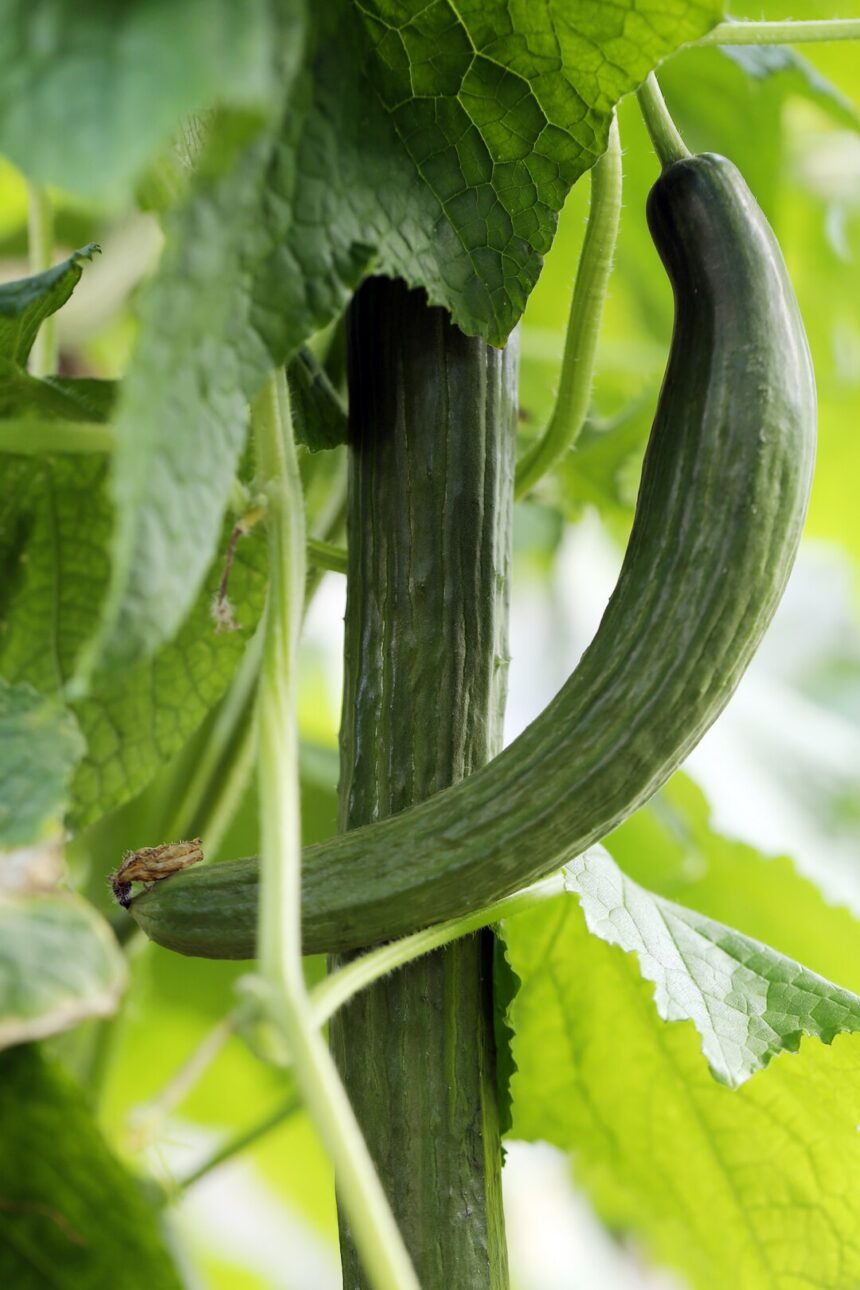Cucumbers are a versatile and widely cultivated vegetable in South Africa, valued for their crisp texture, refreshing taste, and nutritional benefits. Whether grown for personal consumption or commercial production, maximizing the quality and yield of cucumbers is essential for success in the agricultural sector. In this article, we’ll explore effective techniques for enhancing the quality and yield of cucumbers in South Africa, from selecting the right varieties to implementing best practices in cultivation and management.
1. Choose Suitable Varieties:
Selecting the right cucumber varieties suited to the local climate, soil conditions, and growing season is crucial for maximizing yield and quality. In South Africa, popular cucumber varieties include Beit Alpha, Marketmore, and Poinsett.
2. Optimize Soil Preparation:
Prepare the soil thoroughly before planting cucumbers to ensure optimal growing conditions. Conduct soil tests to assess nutrient levels and pH, and amend the soil as needed with organic matter, compost, and fertilizers to provide essential nutrients for healthy plant growth.
3. Provide Adequate Watering:
Cucumbers have high water requirements, particularly during the flowering and fruiting stages. Ensure consistent moisture levels in the soil by providing regular watering, especially during dry periods. Drip irrigation or soaker hoses can help deliver water directly to the root zone while minimizing water waste.
4. Implement Trellising or Staking:
Trellising or staking cucumber plants can help maximize space utilization, improve air circulation, and support vine growth. Train cucumber vines to climb trellises or stakes, allowing for better access to sunlight and reducing the risk of disease and pest infestation.
5. Practice Proper Plant Spacing:
Proper spacing between cucumber plants is essential for promoting healthy growth, reducing competition for nutrients and sunlight, and minimizing the risk of disease spread. Space cucumber plants approximately 30 to 45 centimeters apart in rows spaced 1 to 1.5 meters apart.
6. Monitor and Control Pests and Diseases:
Regular monitoring for common pests and diseases such as aphids, cucumber beetles, powdery mildew, and bacterial wilt is essential for preventing damage and minimizing yield loss. Implement integrated pest management (IPM) strategies, including cultural, biological, and chemical control methods, as needed to manage pest and disease pressure effectively.
7. Apply Fertilizers Judiciously:
Provide cucumbers with balanced fertilization throughout the growing season to meet their nutritional needs and promote healthy growth and fruit development. Avoid over-fertilization, which can lead to excessive vegetative growth at the expense of fruit production, and monitor nutrient levels regularly to prevent deficiencies or toxicities.
8. Harvest at the Right Time:
Harvest cucumbers at the peak of ripeness to ensure optimal flavor, texture, and quality. Cucumbers are typically ready for harvest when they reach the desired size and color, depending on the variety, and have a firm texture. Harvesting cucumbers regularly promotes continued fruit production and prevents overripening or loss of quality.
9. Practice Crop Rotation:
Rotate cucumber crops with other unrelated crops annually to break pest and disease cycles, replenish soil nutrients, and maintain soil health. Rotate cucumbers with legumes, grains, or brassicas to minimize soil-borne diseases and improve overall crop productivity.
10. Maintain Post-Harvest Quality:
Handle harvested cucumbers with care to prevent bruising or damage, and store them under proper conditions to maintain freshness and quality. Store cucumbers in a cool, humid environment away from direct sunlight and ethylene-producing fruits to extend shelf life and preserve flavor.
In conclusion, enhancing the quality and yield of cucumbers in South Africa requires a combination of proper variety selection, soil preparation, irrigation management, trellising, pest and disease control, fertilization, harvesting practices, crop rotation, and post-harvest management techniques. By implementing these strategies effectively, growers can optimize cucumber production, maximize marketable yield, and meet the demands of consumers for high-quality, nutritious cucumbers throughout the growing season.
Join 'Farmers Mag' WhatsApp Channel
Get the latest Farming news and tips delivered straight to your WhatsApp
CLICK HERE TO JOIN






